Coast + Environment
LSU and Louisiana lead the world in addressing pressing problems related to coastal land loss, sea level rise, and hurricanes. This is why LSU has 260 faculty actively working on coastal research. As a national Sea Grant university and through its extension services in every parish, LSU puts science to work for Louisiana communities.
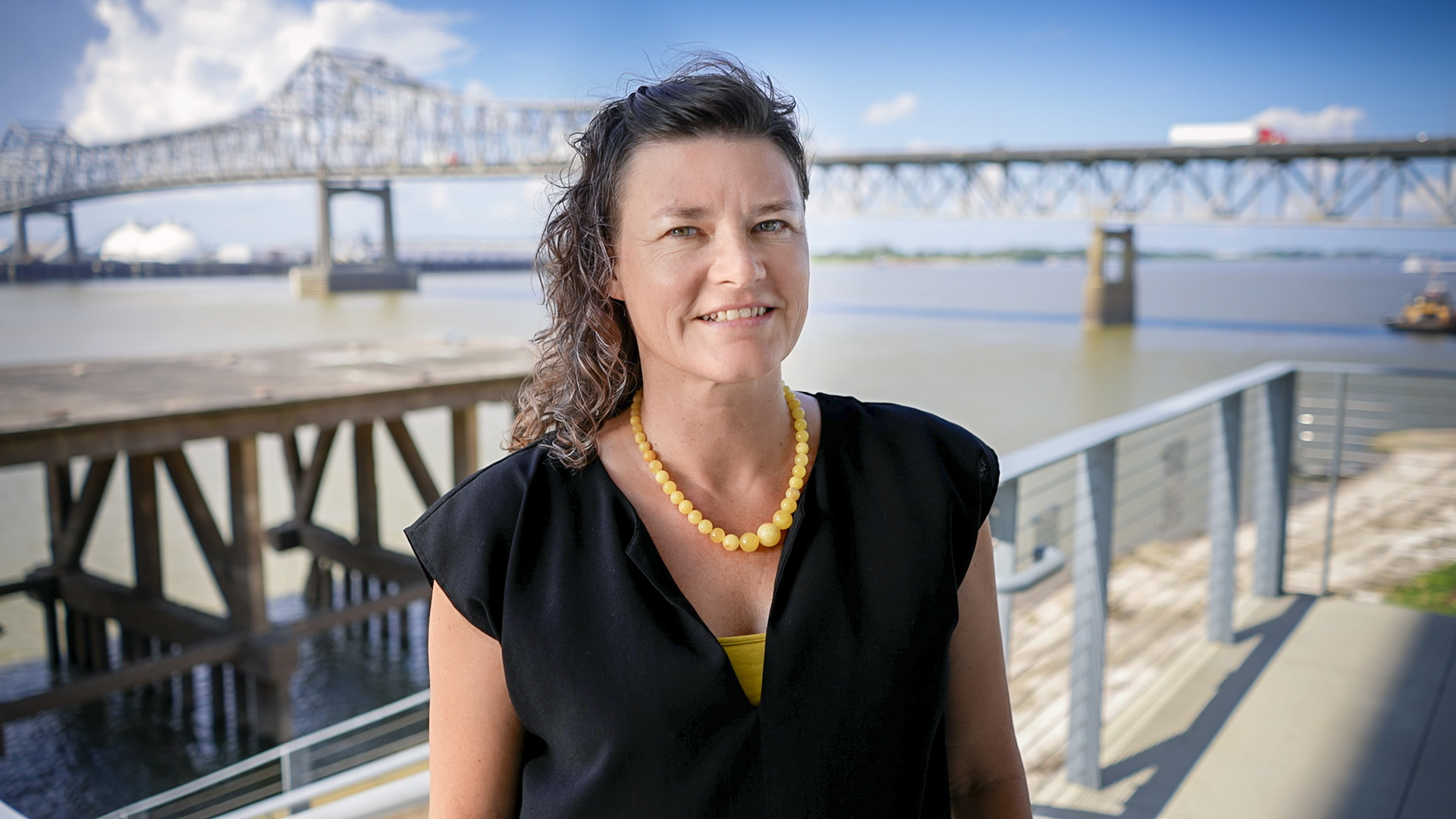
Meet Traci Birch, assistant professor of architecture and managing director of the LSU Coastal Sustainability Studio, who works on large, interdisciplinary projects to help Louisiana communities protect themselves from flooding and environmental disasters.

In 2020, LSU licensed access to a vast library of bioremediation microbes to the environmental services firm Cameron-Cole. The library was developed by Professor Emeritus Ralph Portier over almost 40 years as he and LSU helped private companies as well as local, state, and national government organizations mitigate a wide range of environmental hazards.

LSU Professor Cristina Sabliov is creating nanotechnologies for more targeted delivery of agrochemicals to crops to protect plants and the environment while also reducing waste for farmers.
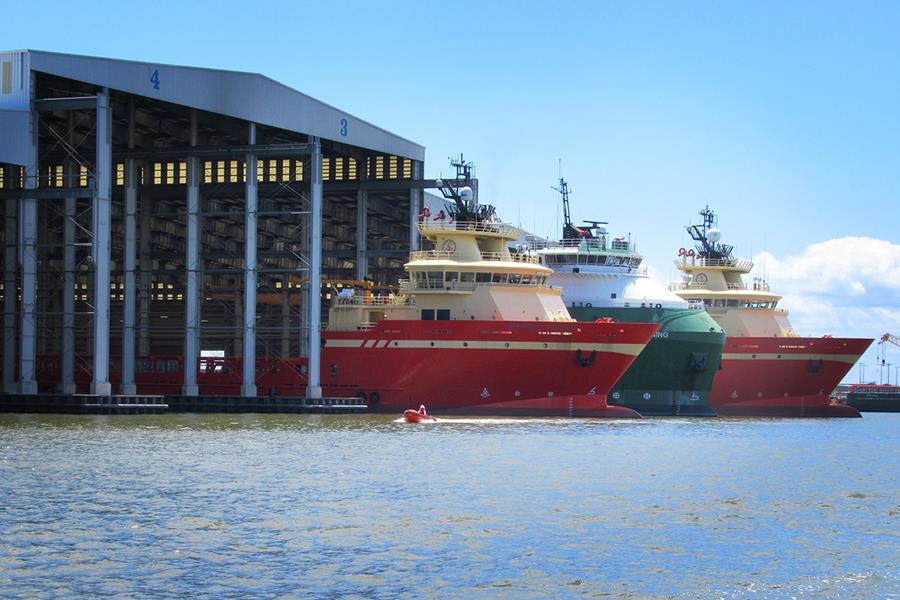
Port Fourchon in Lafourche Parish serves 90% of the Gulf of Mexico’s deepwater oil and gas activities, housing at least 250 companies.
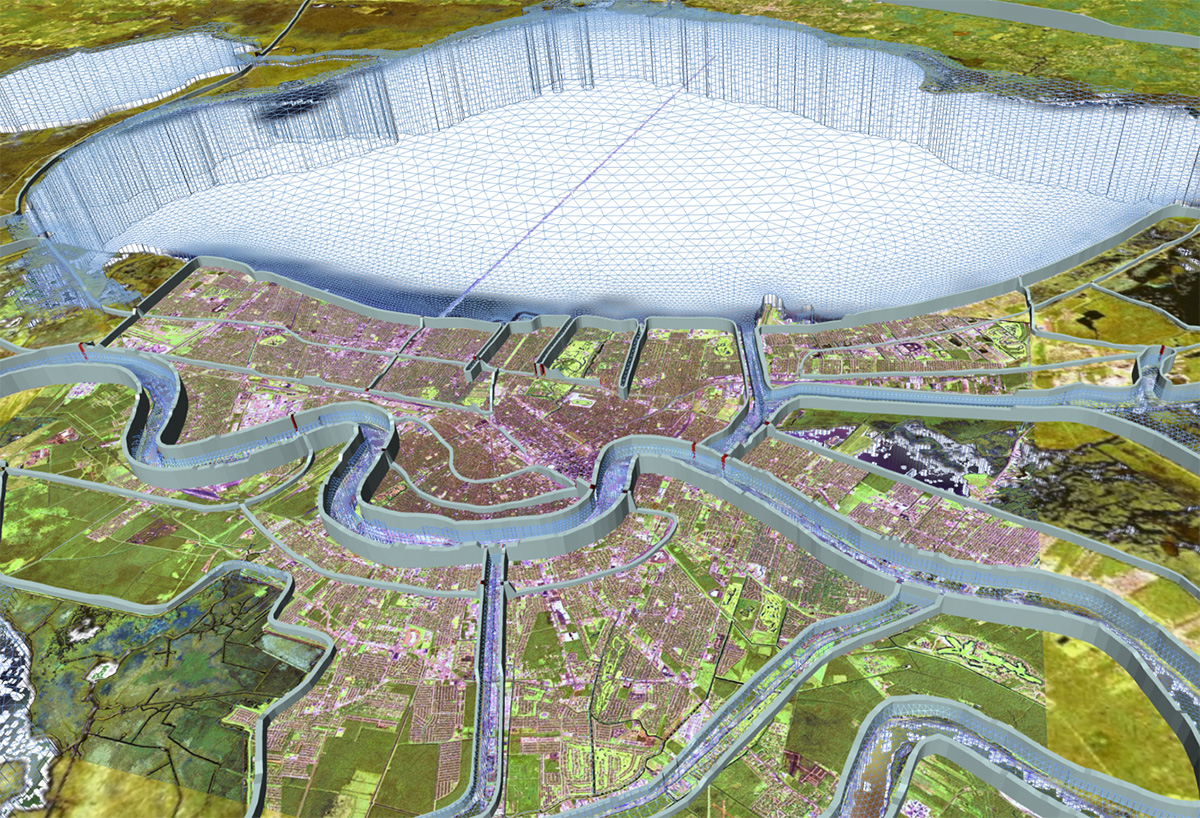
Ahead of Hurricane Ida and throughout last year’s record-breaking hurricane season, more people than ever turned to LSU’s Coastal Emergency Risk Assessment (CERA) tool, which visualizes storm-surge predictions, to help protect communities and assets from flooding.
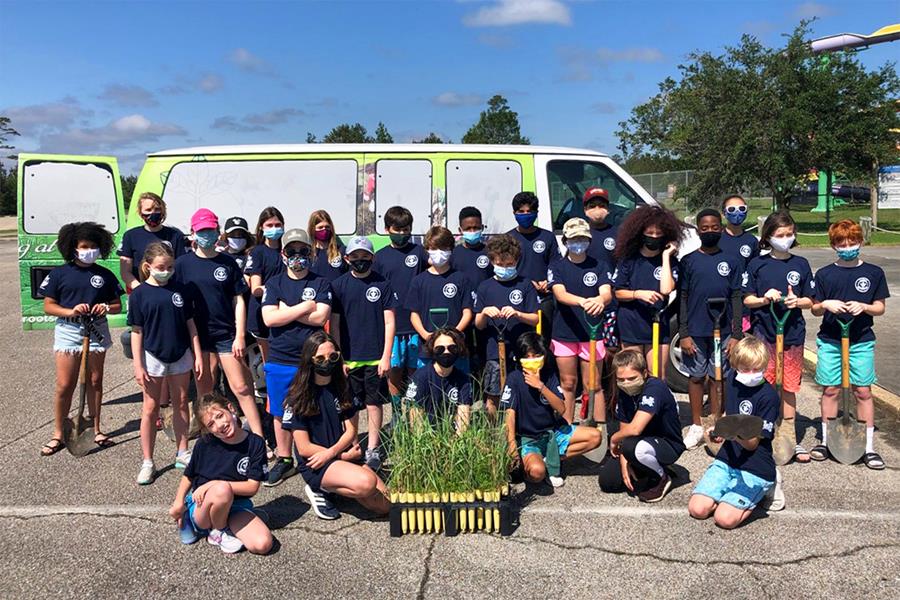
Investing in education and restoration efforts with elementary, middle, and high school youth.
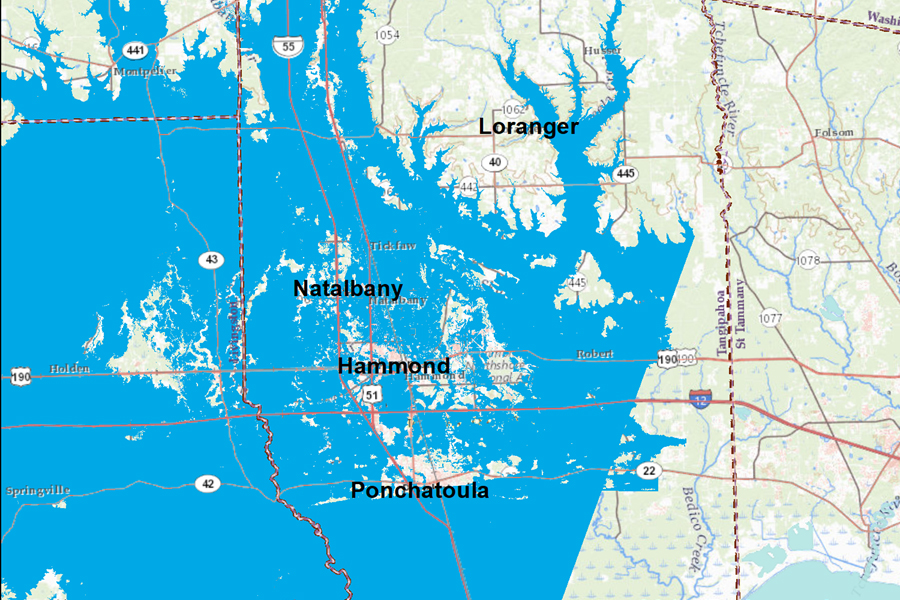
In the wake of the 2016 floods, which devastated not just Tangipahoa Parish but turned 21 south Louisiana parishes into federal disaster areas, faculty and students in the LSU Coastal Sustainability Studio and LSU Department of Civil & Environmental Engineering began collaborating with local government and communities to set Tangipahoa Parish on a path toward resilience.

When the Louisiana chapter of The Nature Conservancy (TNC), a global environmental organization with more than one million members and the largest such non-profit in the U.S., realized they needed more diverse messaging—and messengers—to reach more people in local communities, they turned to the LSU Manship School of Mass Communication.
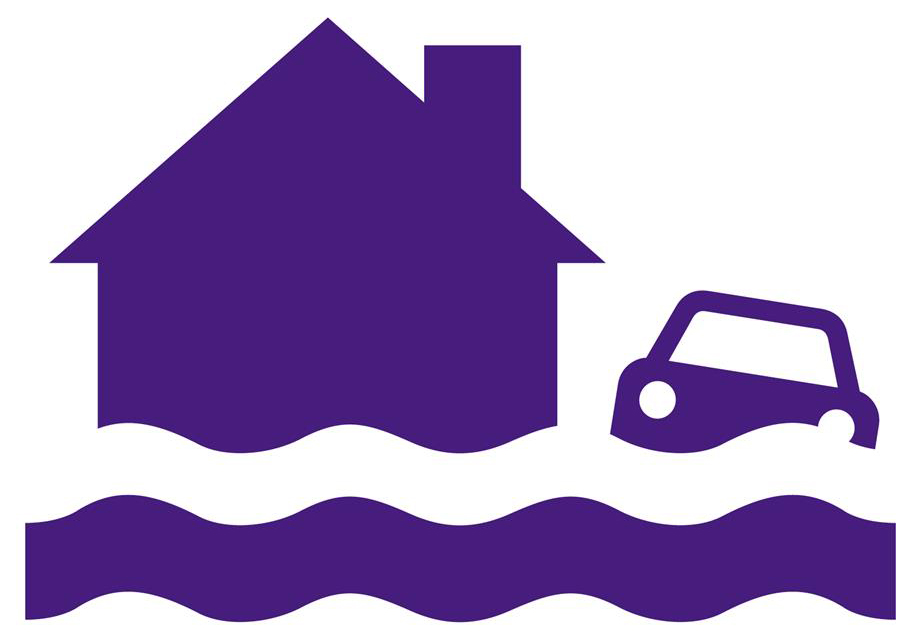
LSU scholars in construction management, oceanography and coastal sciences, sociology, and psychology are working to gather data on the economic, equity, and emotional aspects of living in an increasingly flood-prone place, and provide homeowners with better guidance.
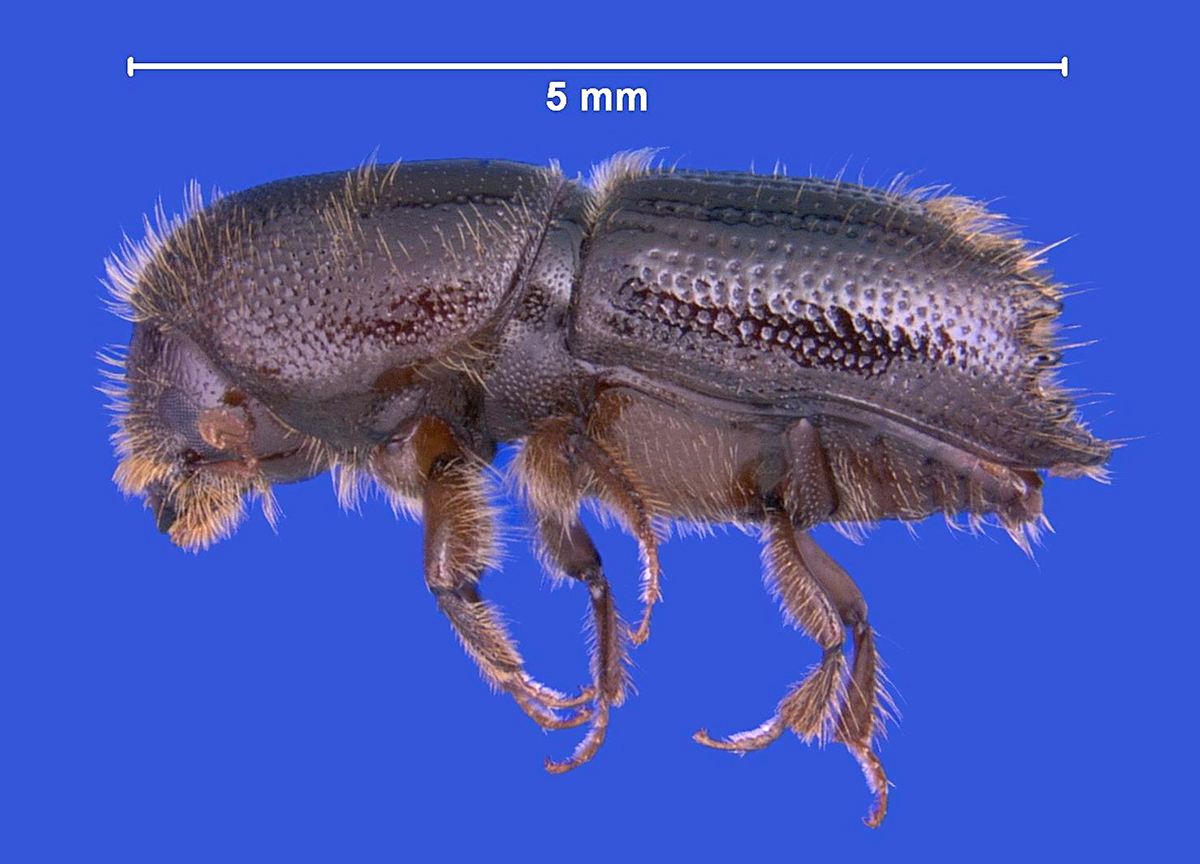
Students and faculty at LSU of Alexandria are collaborating with the U.S. Department of Agriculture to document the impact hurricanes and tornadoes have on insects in southern forests. Their goal is to protect Louisiana’s top agricultural industry.
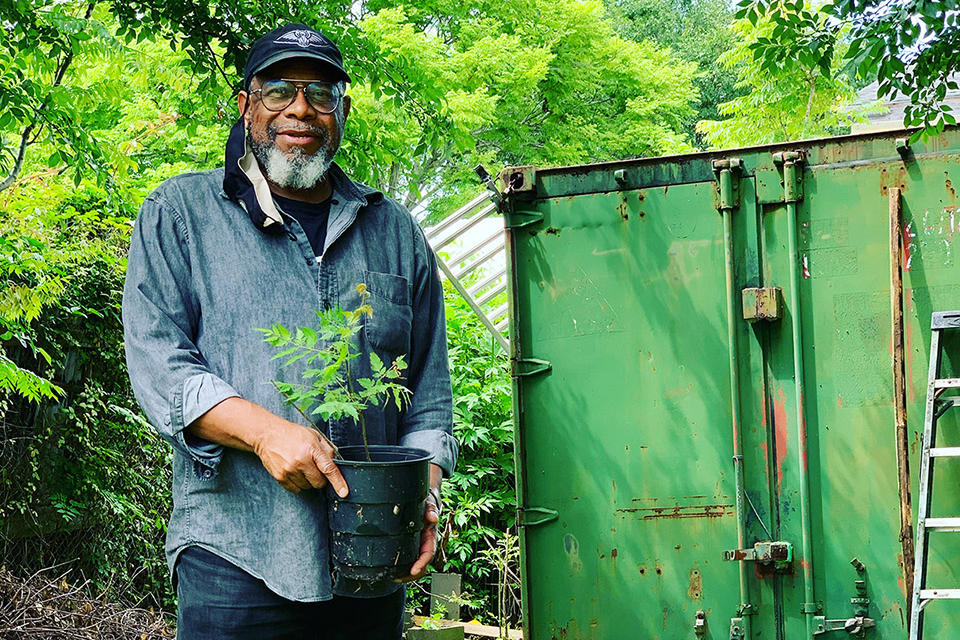
In the very first study to look at impacts of the ongoing pandemic on hurricane preparedness and resilience in Louisiana, researchers at LSU Health New Orleans partnered with more than two dozen community leaders to help validate facts on the ground and turn observations into actionable data.
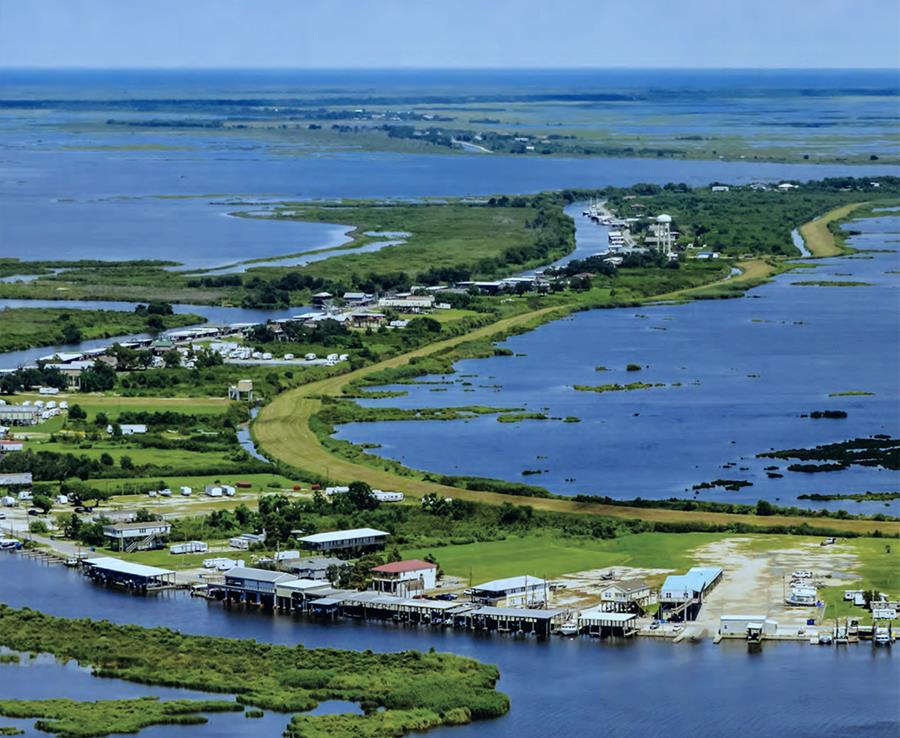
Charged with Louisiana’s Comprehensive Master Plan for a Sustainable Coast, the Coastal Protection and Restoration Authority (CPRA) puts its hands into the water, sand, mud, and dirt between New Orleans and Lake Charles—and beyond—on a daily basis.
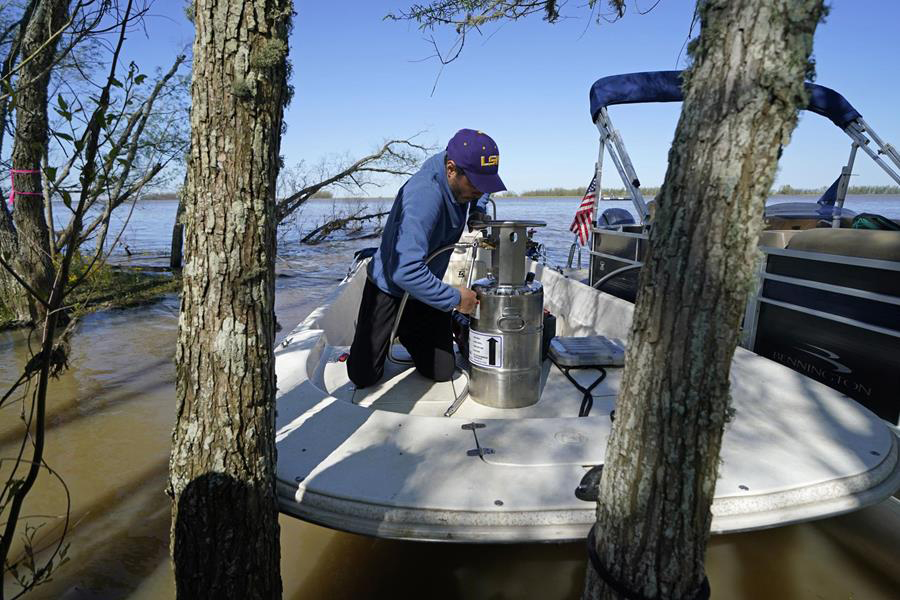
While some deltas die, others thrive. LSU scientists are now collaborating with NASA to map the Mississippi River delta region.

Leveraging blue carbon and coastal, natural systems in Louisiana to help remove carbon dioxide from the atmosphere and clean the air.

Fuel cell electric vehicles can be a powerful and equally green alternative to battery-driven electric vehicles—especially when those vehicles are large and have to go far, and the batteries required would get too big and heavy to be practical, such as in trucks and commercial airliners.


